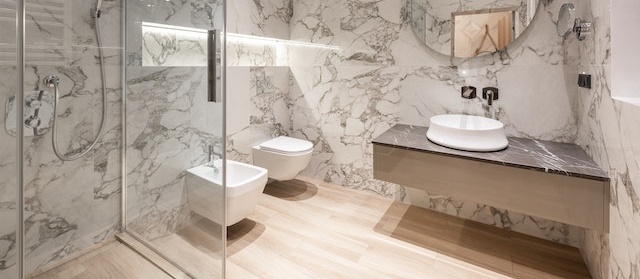
Bidets – a growing trend to promote hygiene and reduce waste
In recent years, the bidet has become an increasingly popular addition to bathrooms around the world, and for good reason. Not only does using a bidet have a range of hygiene benefits, but it also has several environmental benefits that are worth considering.
Reduce toilet paper consumption
One of the most significant environmental benefits of a bidet is that it can reduce the amount of toilet paper that is used. Traditional toilet paper requires a significant amount of resources to produce, including water, energy, and trees. In fact, it is estimated that producing one roll of toilet paper requires 37 gallons of water and 1.5 pounds of wood. By using a bidet, individuals can significantly reduce the amount of toilet paper they use, which can help conserve these valuable resources.
COVID Pandemic
During the pandemic, many of us remember the panic buying and hoarding of toilet paper. Bidets rose in popularity as a great way to reduce or completely remove the need for toilet paper in your bathroom. No more competing with the craze of other shoppers!
Use less water
In addition to reducing the amount of toilet paper used, bidets also require less water than traditional toilet paper. On average, it takes about 1.3 gallons of water to produce one roll of toilet paper. In contrast, using a bidet typically requires only about 1/8th of a gallon of water per use. Over time, the water savings can be substantial, particularly in areas where water is a scarce resource.
Reduce waste
Another environmental benefit of bidets is that they can help reduce the amount of waste that ends up in landfills. In the United States alone, it is estimated that over 36 billion rolls of toilet paper are used each year, resulting in significant amounts of waste. Bidets, on the other hand, do not produce any waste, which means that they can help reduce the amount of waste that ends up in landfills.
Reduce carbon footprint
Finally, bidets can also help reduce the amount of energy that is required to produce and transport toilet paper. Toilet paper production requires significant amounts of energy, including the energy required to power manufacturing equipment and transport the finished product to stores. By reducing the amount of toilet paper used, bidets can help conserve energy and reduce greenhouse gas emissions.